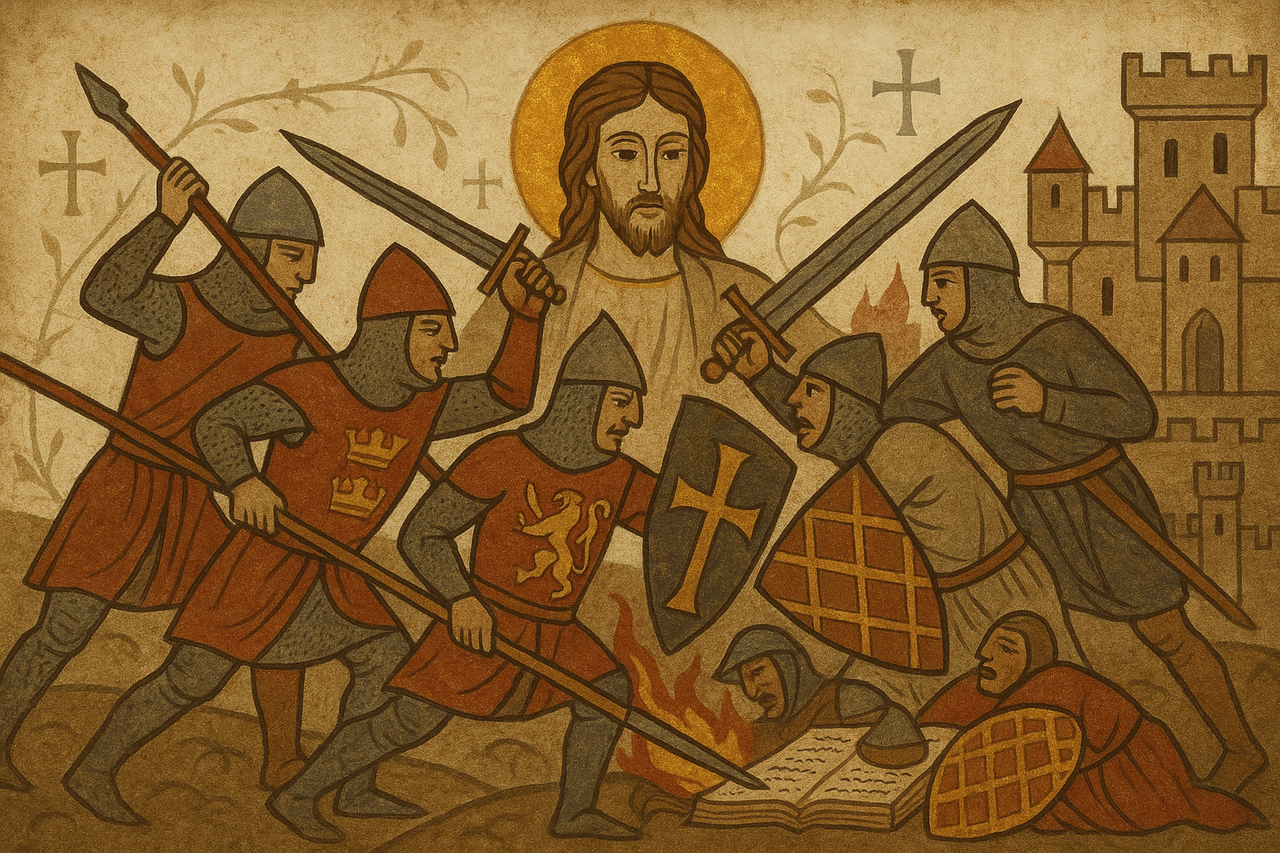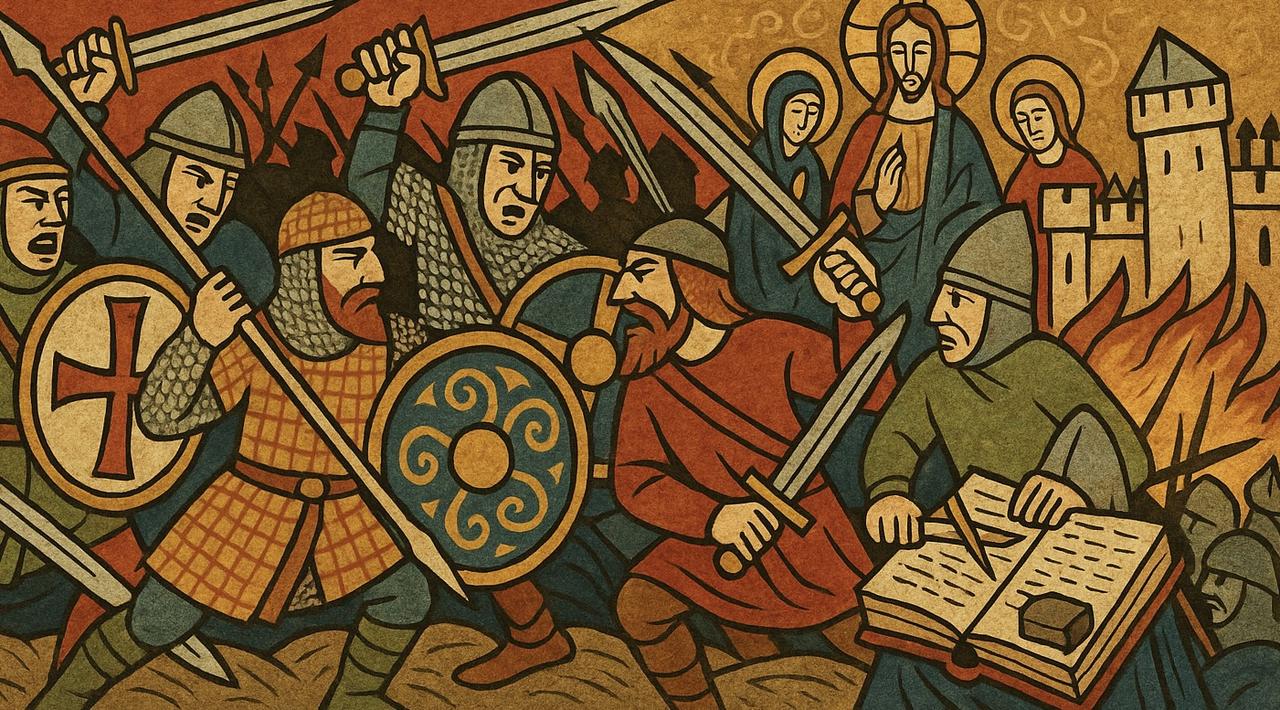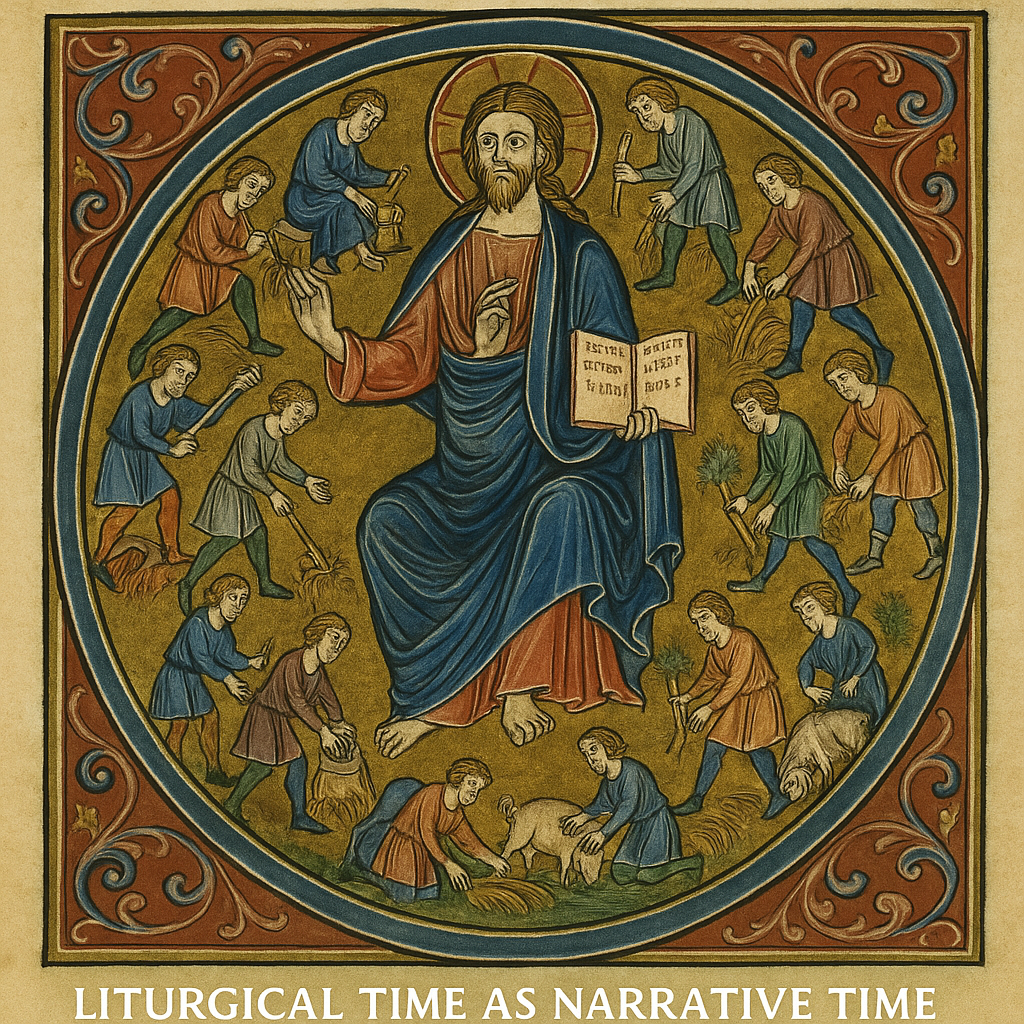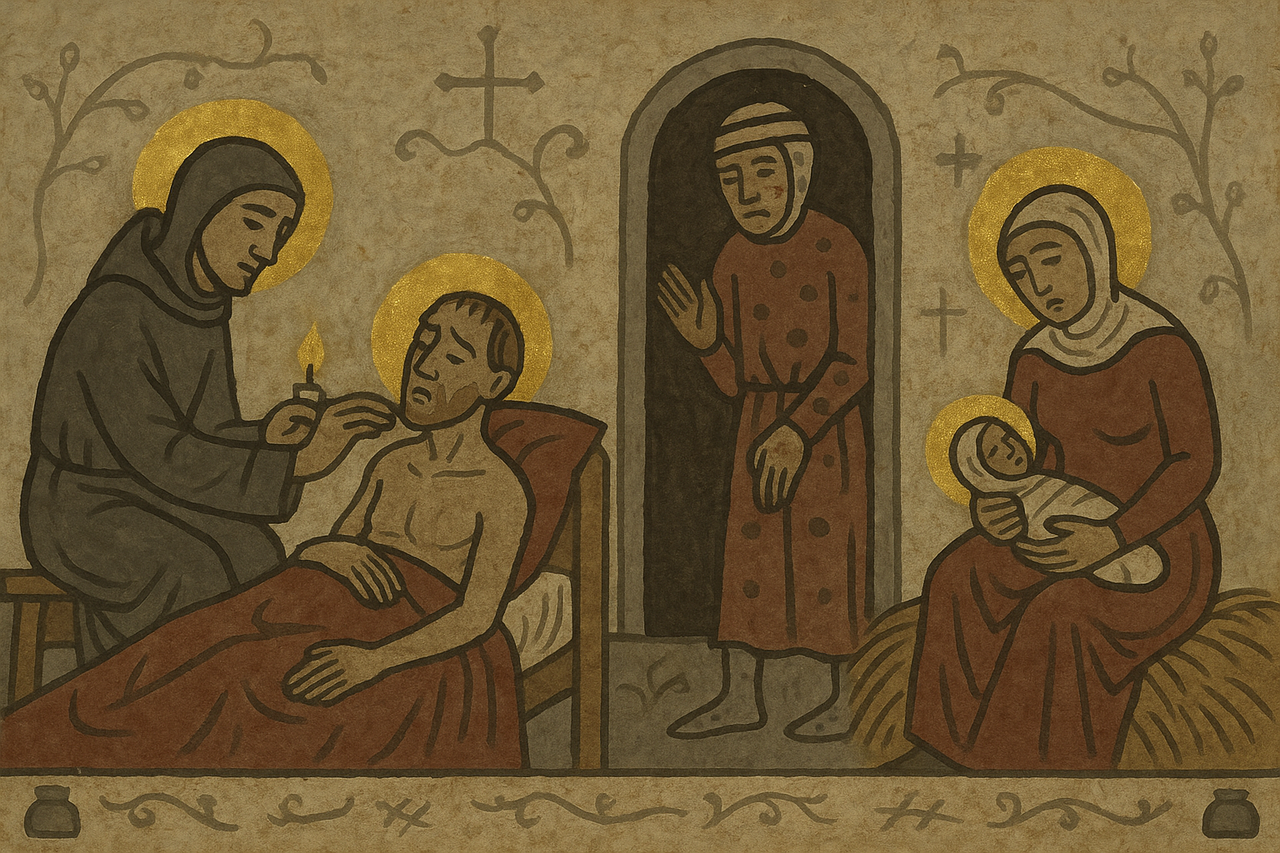Blog
-
The Sacred Realism of Historical FictionJuly 28, 2025 at 10:47 PM
In this post, Aaron Schuck defines sacred realism as a form of historical fiction that unites the brutal truth of the past with its underlying sacramental meaning. Rather than romanticizing or moralizing history, sacred realism reveals grace through suffering, memory, and flesh. It treats every scene as liturgy, every character as a bearer of divine tension, and every silence as potentially holy. Historical fiction, written this way, becomes not a retreat from reality but a confrontation with its deepest truths.
-
Why Historical Fiction Must BleedSeptember 25, 2025 at 7:00 PM
Historical fiction must bleed—portraying violence not as spectacle but as truth—while balancing it with humanity, as Dan Jones and Bernard Cornwell do.
-
Liturgical Time as Narrative TimeSeptember 25, 2025 at 7:00 PM
Liturgical time shaped medieval life as much as food or war, setting rhythm through feasts, fasts, and saints’ days. Historical fiction that ignores this cycle writes modern time in borrowed clothes instead of the world as it truly was.
-
The art of sacred realism in historical fictionSeptember 27, 2025 at 5:40 PMIn the world of literature, understanding sacred realism emerges as a powerful narrative tool that transcends mere storytelling, inviting readers into a realm where the divine and the mortal intertwine. At the heart of Aaron Schuck's captivating narratives lies historical authenticity—the backbone that elevates his works, grounding them in the gritty reality of human experience. This unique synergy, where sacred realism meets history, sets Schuck's writing apart, creating immersive worlds rich with emotion and complexity. Dive into this blog post to explore how these elements come together to forge narratives that are not just read, but are felt deep within the soul.
-
Filth and Grace: The Sacramental Imagination of Bodily FrailtyOctober 2, 2025 at 4:30 PM
Discover how medieval Christians saw illness, filth, and frailty as vessels of grace—where suffering revealed holiness through the Incarnation.




